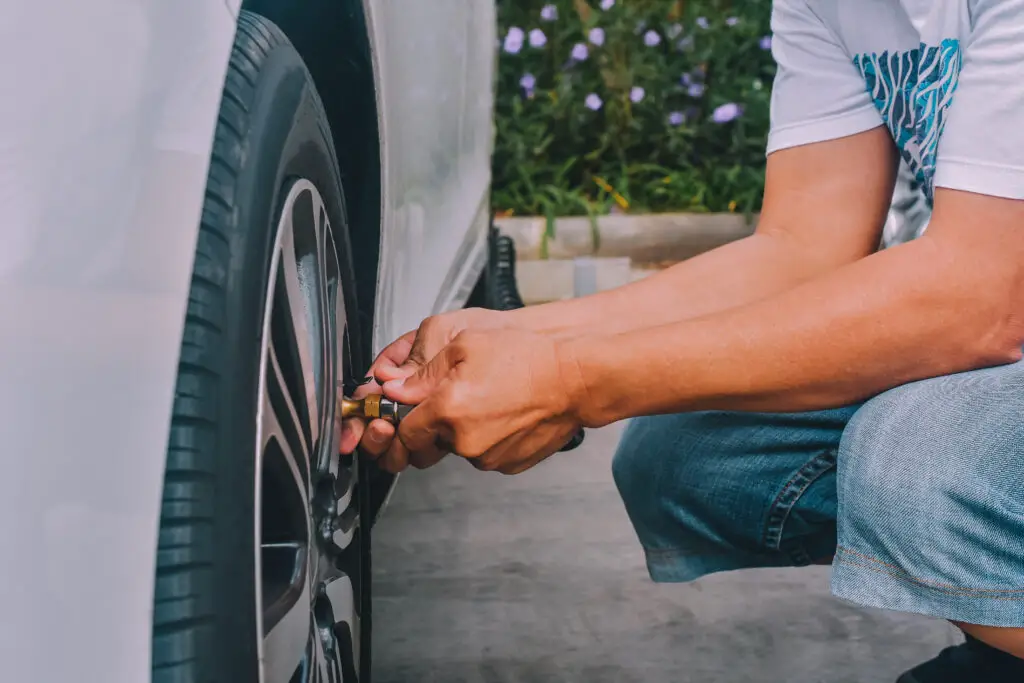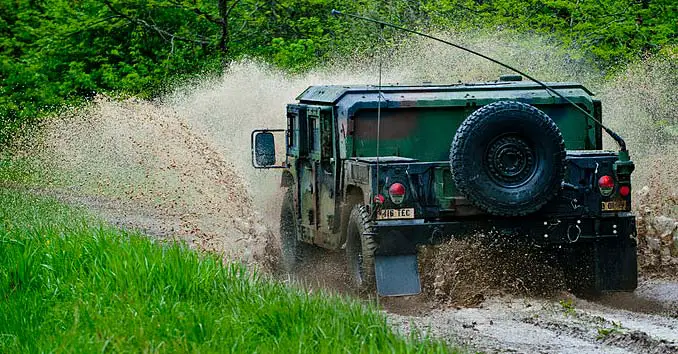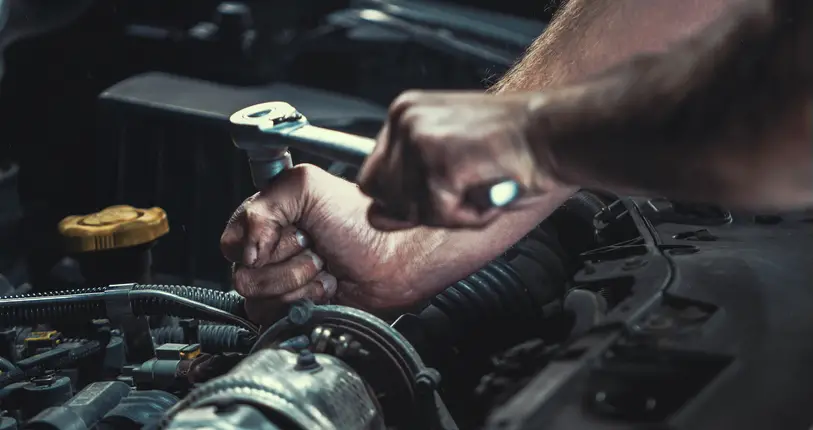Have you ever thought about what you would do in case of an emergency while on the road? Whether you are preparing for a natural disaster or simply want to be self-reliant, having essential vehicle maintenance skills can be crucial for your safety. In this article, we will explore different skills that every prepper on the move should learn and master to stay prepared in any situation.
Basic Tools Every Prepper Should Have
When it comes to vehicle maintenance, having the right tools can make all the difference. Here are a few essential tools that every prepper should have in their vehicle emergency kit:
| Tool | Description |
|---|---|
| Lug Wrench | For removing and tightening lug nuts |
| Jack | For lifting the vehicle |
| Screwdrivers | Flathead and Phillips head |
| Pliers | for grasping and cutting |
| Socket Set | For various repairs and maintenance |
| Jumper Cables | For jump-starting your vehicle |
Having these tools readily available can help you perform basic repairs and maintenance tasks on your vehicle in case of an emergency.
Checking Fluid Levels
Regularly checking your vehicle’s fluid levels is essential for proper maintenance. Here are a few key fluids you should monitor:
- Engine Oil: Ensure that your engine oil is at the recommended level. Low oil levels can lead to engine damage and poor performance.
- Coolant: Check your coolant level and ensure that it is at the proper level to prevent your engine from overheating.
- Brake Fluid: Brake fluid is crucial for safe braking performance. Make sure your brake fluid is topped up to avoid brake failure.
- Transmission Fluid: Keep an eye on your transmission fluid level to ensure smooth shifting and optimal performance.
By regularly checking and topping up these fluids, you can prevent costly repairs and keep your vehicle running smoothly on the road.

Changing a Flat Tire
One of the most common car maintenance tasks that preppers should know how to do is changing a flat tire. Here are the steps to change a flat tire:
- Find a Safe Location: If possible, pull over to a safe spot away from traffic.
- Loosen the Lug Nuts: Use the lug wrench to loosen the lug nuts on the flat tire.
- Jack Up the Vehicle: Use the jack to lift the vehicle off the ground.
- Remove the Flat Tire: Take off the lug nuts and remove the flat tire.
- Install the Spare Tire: Put on the spare tire and tighten the lug nuts.
- Bring the Vehicle Down: Lower the vehicle back to the ground and tighten the lug nuts securely.
By learning how to change a flat tire, you can avoid being stranded on the side of the road and continue on your journey safely.
Jump-Starting a Dead Battery
Another essential skill for vehicle maintenance is jump-starting a dead battery. Here’s how you can jump-start your vehicle safely:
- Locate the Batteries: Position the working vehicle close to the vehicle with the dead battery.
- Connect the Jumper Cables: Attach the red cable to the positive terminal of the dead battery and the positive terminal of the working battery. Then, connect the black cable to the negative terminal of the working battery.
- Start the Working Vehicle: Start the working vehicle and let it run for a few minutes.
- Start the Dead Vehicle: Attempt to start the vehicle with the dead battery. If it doesn’t start, check the connections and try again.
- Remove the Cables: Once the dead vehicle is running, disconnect the jumper cables in the reverse order that you connected them.
By knowing how to jump-start a dead battery, you can quickly get your vehicle back on the road without the need for a tow truck.

Changing Air Filters
Air filters play a crucial role in the performance of your vehicle’s engine. It is essential to replace air filters regularly to maintain optimal performance. Here’s how you can change your vehicle’s air filter:
- Locate the Air Filter: The air filter is typically located in a plastic housing near the engine. Check your vehicle’s manual for the exact location.
- Remove the Old Filter: Open the housing and remove the old air filter.
- Install the New Filter: Insert the new air filter into the housing, ensuring it is seated correctly.
- Secure the Housing: Close the housing and ensure it is securely fastened.
By changing your vehicle’s air filter regularly, you can improve fuel efficiency and engine performance while reducing harmful emissions.
Checking and Replacing Wiper Blades
Having clean and functional wiper blades is essential for driving safely in inclement weather. Here’s how you can check and replace your vehicle’s wiper blades:
- Inspect the Blades: Check the condition of your wiper blades for any signs of wear or damage.
- Remove the Old Blades: Lift the wiper arm away from the windshield and remove the old wiper blade.
- Install the New Blades: Attach the new wiper blade to the wiper arm, making sure it is secure.
- Test the Blades: Test the wiper blades to ensure they are functioning correctly.
By keeping your wiper blades in good condition, you can maintain visibility on the road during rainy or snowy weather.

Inspecting the Braking System
The braking system is one of the most critical safety components of your vehicle. Regularly inspecting and maintaining your brakes can prevent accidents and ensure safe driving. Here’s how you can inspect your vehicle’s braking system:
- Check Brake Pads: Inspect the brake pads for wear and replace them if they are worn thin.
- Check Brake Fluid: Ensure that your brake fluid is topped up to the recommended level.
- Inspect Brake Rotors: Check your brake rotors for signs of wear or damage.
- Test Braking Performance: Test your brakes in a safe location to ensure they are responding correctly.
By inspecting and maintaining your vehicle’s braking system, you can drive safely and avoid potential accidents on the road.
Handling a Overheating Engine
An overheating engine can be a serious problem that requires immediate attention. Here’s how you can handle an overheating engine safely:
- Turn Off the Engine: If your engine is overheating, pull over to a safe location and turn off the engine.
- Open the Hood: Allow the engine to cool down and open the hood to release heat.
- Check Coolant Levels: Check your coolant levels and top up if necessary.
- Wait for Engine to Cool: Wait for the engine to cool down before attempting to restart the vehicle.
- Seek Professional Help: If the engine continues to overheat, seek professional help to avoid permanent damage.
By knowing how to handle an overheating engine, you can prevent serious damage to your vehicle and ensure your safety on the road.

Conclusion
In conclusion, having essential vehicle maintenance skills is crucial for preppers on the move. By learning and mastering these skills, you can stay prepared and self-reliant in any situation on the road. Whether it’s changing a flat tire, jump-starting a dead battery, or checking fluid levels, these skills can help you navigate emergencies with ease and confidence. So, take the time to practice these essential skills and equip yourself with the tools and knowledge needed to stay safe and secure on the road.
